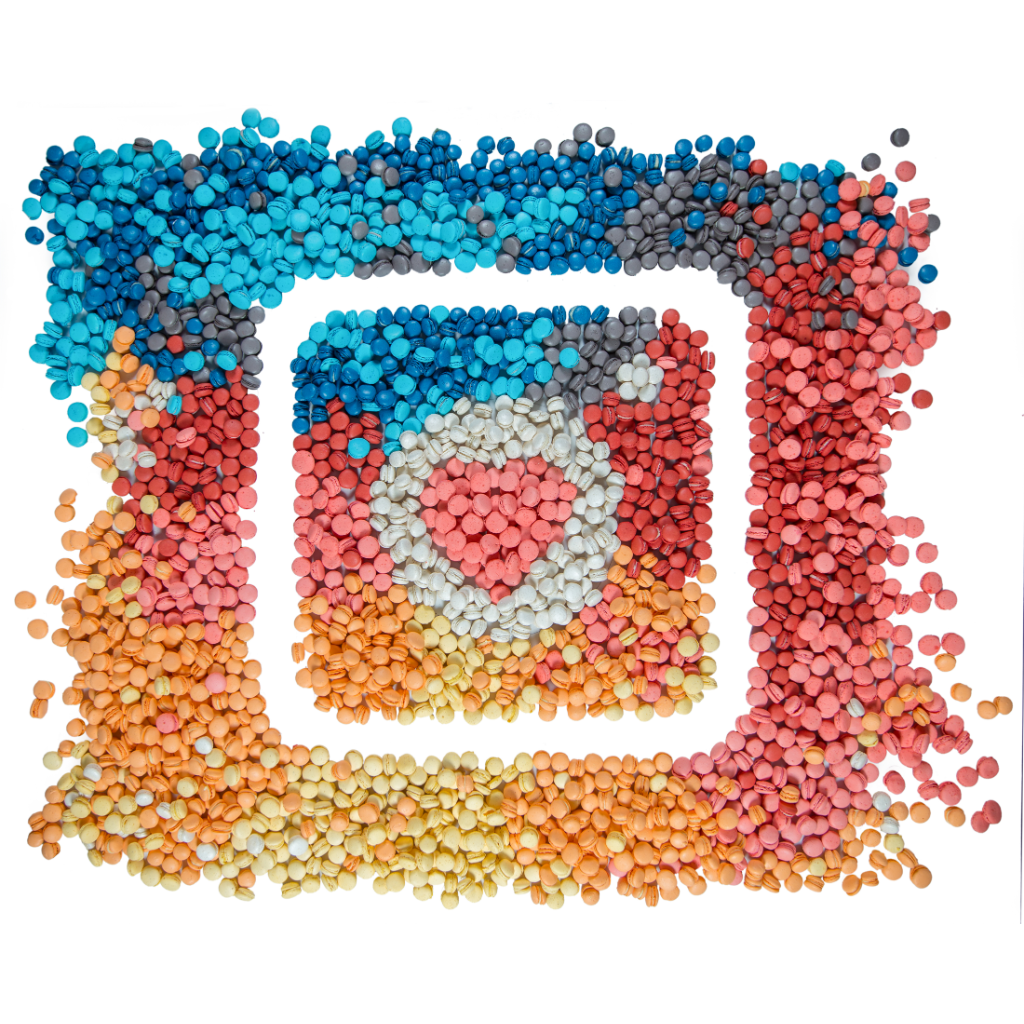How to pitch yourself to brands?
In a world where personal branding is more important than ever, the ability to pitch yourself effectively to brands can be a game-changer. Whether you’re an aspiring influencer, a freelancer, or a small business owner, the prospect of collaborating with well-established brands can be both exciting and daunting. How do you make that crucial first impression? What sets you apart from the countless others vying for the attention of these companies?
This creator course is your comprehensive guide to mastering the art of self-presentation and pitching yourself to brands with confidence and success. We’ll explore the key strategies, dos and don’ts, and real-world examples that can turn your dreams of brand partnerships into a reality.
Get ready to unlock the secrets of effective self-presentation and build those valuable connections that will elevate your personal brand to new heights. Let’s dive in!
Why is this important?
| Creating a compelling story about yourself by remembering what sets you apart from the others or your competitors and what you bring to the table is important for your growth and to establish great partnerships. |
“Marketing is no longer about the stuff that you make, but about the stories you tell.”
– Seth Godon, author of ‘This is Marketing’

Marketers prefer to work with different types of influencers based on their following and engagement. Nano-influencers have a smaller but engaged audience, while micro-influencers have a slightly larger reach. Macro-influencers, on the other hand, have a significant number of followers and offer wide exposure. Nano-influencers are known for their niche expertise, micro-influencers connect on a personal level, and macro-influencers have a broad appeal. For example, a nano-influencer could be a fitness enthusiast, a micro-influencer may focus on beauty, and a macro-influencer could be a popular lifestyle blogger or celebrity. Marketers consider these factors to achieve their campaign objectives and effectively reach their target audience within their budget.
source: Shopify
In fact, according to Marketing Charts, marketers say that they are more interested in working with micro influencers than celebrities. Indeed, some 77% of respondents say they want to work with micro-influencers (5K to 100K followers) in 2020. Earlier research shows why this might be the case: a study by Fullscreen and Shareablee found that micro-influencers were better than others at motivating 18-34 year-olds to try something they have recommended.
In the world of marketing, we recognize the immense value and impact that micro-influencers like you bring to the table. Your engaged audience and authentic connection make you highly sought after by marketers. Your voice matters, and brands are actively looking for influencers like you who have a genuine influence within their niche.
Source: Linqia
This chart shows that the micro-influencers made up roughly half (47.3%) of all influencers in 2021.
Whether you are a micro-influencer or a nano-influencer, let’s explore the potential of crafting your pitch to establish credibility with the brands you aspire to collaborate with.
The Right Contact
How to create a good pitch to the brands?
Look for brands who have a genuine interest in your growth. Make a list and shortlist those who identify with your goals. Once you have shortlisted the brands, you will need to prepare for your pitch. A normal, generic pitch might fall flat on these brands while a tailor-made pitch can impress your niche brands in no time.
Personalisation is the key to success.
Many brands have different email addresses on their websites for different purposes. If you can’t find the right contact information for a brand, you can try emailing their general inbox or sending them a message on social media.
If you’re not sure which email to use for PR, you can briefly introduce yourself and tell them why you like their brand. Let them know you’re interested in working with them and ask for the best way to contact their PR or influencer marketing team.
You can also use Google to find direct contact information if the brand’s PR team is outsourced. Many companies list their clients on their websites or provide contact details in press releases. You can search for something like “email address for (Insert brand name here) PR” or “contact information for PR at (Insert brand name here).”
A perfect social media kit
A media kit, sometimes called a brand kit, is a valuable package of promotional materials and information about a person or brand. Its purpose is to give brands a comprehensive overview of the creator’s important details, notable accomplishments, and the services they offer.
Remember, that a strong portfolio is necessary to establish trust and credibility.
Create a visually appealing portfolio that showcases your best works, including high quality pictures, videos and links to your social media platforms.
Make it easy for brands to find you and see your work. A well created website or portfolio will help you get noticed easily and increase your chances of getting a future with big brands.
Avoid the hassle of creating a PDF media kit that quickly becomes outdated. Constantly updating and sending it to brands to ensure they have your latest information can be time-consuming. Instead, try using the Kosmc Media Kit Tool to create your media kit. It automatically synchronizes your engagement data from all your social platforms. You can include details about your previous partnerships, highlight your content achievements, write a short personal biography, advertise customized rates, and easily design your kit with personalized elements such as backgrounds, colors, and profile photos.
A personalised Message
Now when your portfolio is ready, you would need a well crafted email to send. Start with an engaging subject line that grabs the recipient’s attention. Introduce yourself briefly. Write why you are interested in the brand and what value you can add in this collaboration. Don’t forget to mention your willingness to discuss your pitch in detail. That way the recipient will be responsible to get back to you in time. Do not spam your first email with all your work and social media handles. Make it less messy and only give what is necessary.
What if you’re new to writing pitches, struggling to come up with ideas, or feeling stuck? In such cases, you can rely on Kosmc’s AI Brand Outreach feature. It utilizes artificial intelligence to help you craft an outreach message based on the following:
1- Your personal information, including a link to your Kosmc media kit.
2- The brand you want to pitch.
3- Elements you choose, such as the tone and length of the message.
4- The platform you plan to use for sending the message, like email, LinkedIn, or Instagram/TikTok direct messages.
5- Specific services you want to highlight.
6- The ability to showcase your past content and important statistics.
With Kosmc’s AI Brand Outreach, you can overcome writer’s block and ensure that your outreach message is well-crafted and tailored to your needs.
Initiate your relationship with the brand
Once the emails are sent, half of your work is already over.
It is recommended to keep following the brands on social media; the brands that belong to your niche; the brands that you would love to work with in future; the brands whom you sent emails for collaborations. Follow them on social media. Comment and like their posts to show enthusiasm about how excited you are to work with them in future. Show genuine interests in them. Relationship building is crucial in the world of brand partnerships. Also, if you can, attend industry events and build your network with representatives from different brands. This way you will start building a community in your own niche.
Create a spreadsheet
Researching other creators in your niche to observe the brands they collaborate with can be a helpful strategy. Consider creating a spreadsheet where you list the brands you aspire to work with. This can include brands you genuinely use in your everyday life and come across on social media platforms.
Clarify the objective of your spreadsheet. Are you looking to track the brands you want to collaborate with or have already reached out to? Understanding the purpose will help structure your spreadsheet effectively.
Start by labeling the column headers that will capture relevant information about the brands. Common headers may include “Brand Name,” “Contact Information,” “Social Media Handles,” “Preferred Contact Method,” and “Notes.” Customize the headers based on the information that is most useful for your outreach efforts.
Look for appropriate contact information for each brand, such as email addresses, PR team contacts, or specific influencer marketing department details. Note down the information in the respective columns.
As you start reaching out to brands, use additional columns to record the dates and outcomes of your communication. Note down any responses, collaborations, or important notes related to each brand.
By understanding your value proposition, conducting thorough research, tailoring your pitch, showcasing your portfolio, crafting compelling emails, building genuine relationships, collaborating on speculative projects, and maintaining professionalism, you can position yourself as an attractive and reliable content creator for brand collaborations.
So, go ahead, confidently pitch yourself to brands, and embark on a journey filled with endless possibilities and creative collaborations. The digital landscape is waiting for your unique voice and captivating content to make its mark. Good luck!
Explore Apps on Kosmc
Income Dashboard Invoicing Manage Your Finances Create & Send Invoices







Leave a Reply